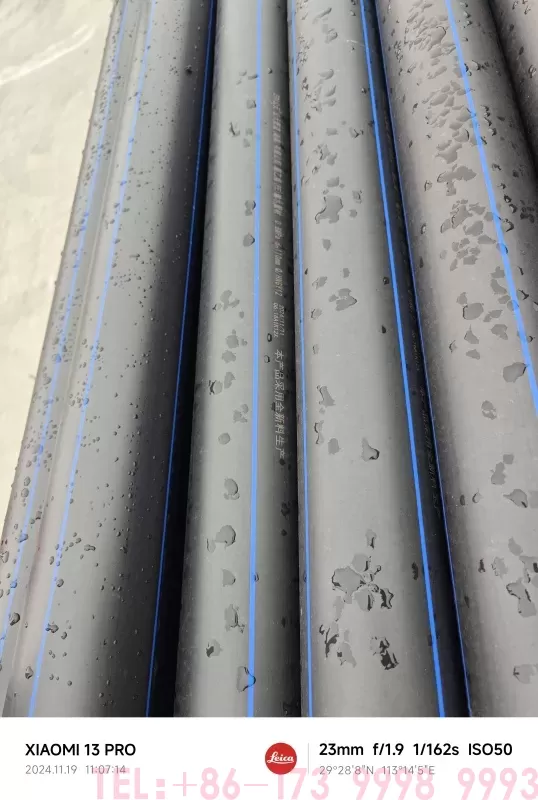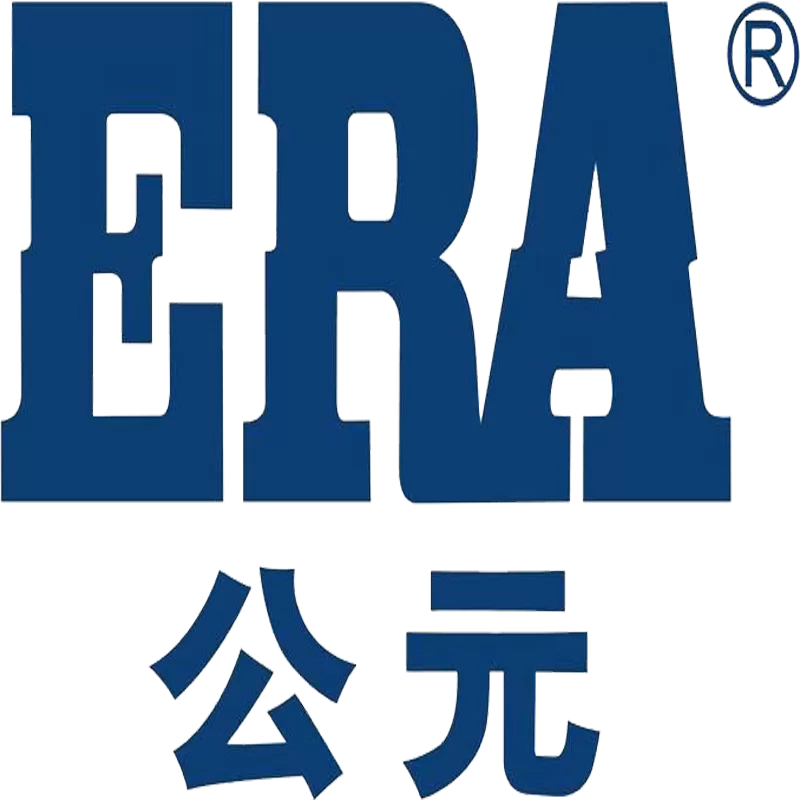Threads are machined on the surface of the pipe by special threading tools in order to connect with threaded pipe fittings. This method is often used in metal pipes, such as steel pipes, iron pipes, etc. However, PE pipes are made of polyethylene materials, which belong to thermoplastics. Compared with metal materials, their hardness is low, strength is weak and they have certain flexibility. When using the threading tool to operate the PE pipe, due to the soft quality of the PE pipe, the threading tool cannot stably cut out regular threads as it does on the metal pipe during the rotary cutting process. On the contrary, the pressure and rotational force of the tool will cause the PE pipe to be partially deformed, broken, and even crushed and damaged, resulting in the PE pipe being unable to be used normally. For example, when a construction team tried to directly sleeve the PE pipe, in just a few minutes, the pipe was damaged in many places, and finally they could only give up the method and replace the pipe, resulting in a waste of manpower and materials.
Since the PE pipe cannot be directly threaded, how to realize the connection? In actual projects, PE pipes generally use hot melt connection, electrofusion connection and other methods. The hot-melt connection is to use a hot-melt welding machine to heat the connection parts of the PE pipe and pipe fittings to a molten state, and then quickly connect and apply a certain pressure. After cooling, the pipe and pipe fittings are fused into a whole. This connection method is relatively simple to operate, with high connection strength and good sealing performance. It is suitable for scenes with large pipe diameters and high connection speed requirements. The electrofusion connection is to sleeve the electrofusion pipe on the PE pipe and electrify the resistance wire in the pipe through the electrofusion welding machine. The resistance wire heats up and heats the contact surface between the pipe and the pipe until it melts, so as to realize the connection. The electrofusion connection has a high degree of automation, and the connection quality is stable and reliable. It is often used in situations where the construction environment is complex and the connection accuracy is high. These two connection methods make full use of the thermoplastic characteristics of PE pipes, which can ensure the connection is firm and ensure the normal operation of the pipeline system. It is the mainstream method of PE pipe connection at present.
in Hubei, choosing high-quality PE pipe products and professional PE pipe manufacturers is the key to ensuring the quality of the project. Hubei Au Yuan Building Materials Co., Ltd., as a local professional PE pipe manufacturer in Hubei, produces PE pipe products in strict accordance with national standards. Every link from raw material procurement to production and processing is strictly controlled, and the pipe quality is reliable and the performance is stable. For the connection of PE pipes, the company not only provides high-quality PE pipes, but also is equipped with matching hot melt welding machines, electric fusion welding machines and other welding equipment, and provides customers with professional PE pipe welding technical guidance. The company has a professional technical team, which can formulate suitable pipeline connection plans for customers according to different engineering needs to ensure the quality of connection. Whether it is a small home improvement project or a large municipal project, if you have PE pipe procurement or welding technology consulting needs, please call 17399989993, Hubei Au Yuan Building Materials Co., Ltd. will serve you wholeheartedly.
PE pipes cannot be directly threaded, hot melt connection, electrofusion connection and other methods are the correct choice to achieve reliable connection of PE pipes. In the engineering construction of Wuhan, Huanggang and other places in Hubei, the selection of PE pipe products and services of Hubei Au Yuan Building Materials Co., Ltd. can provide strong guarantee for the smooth development of the project and the stable operation of the pipeline system.



